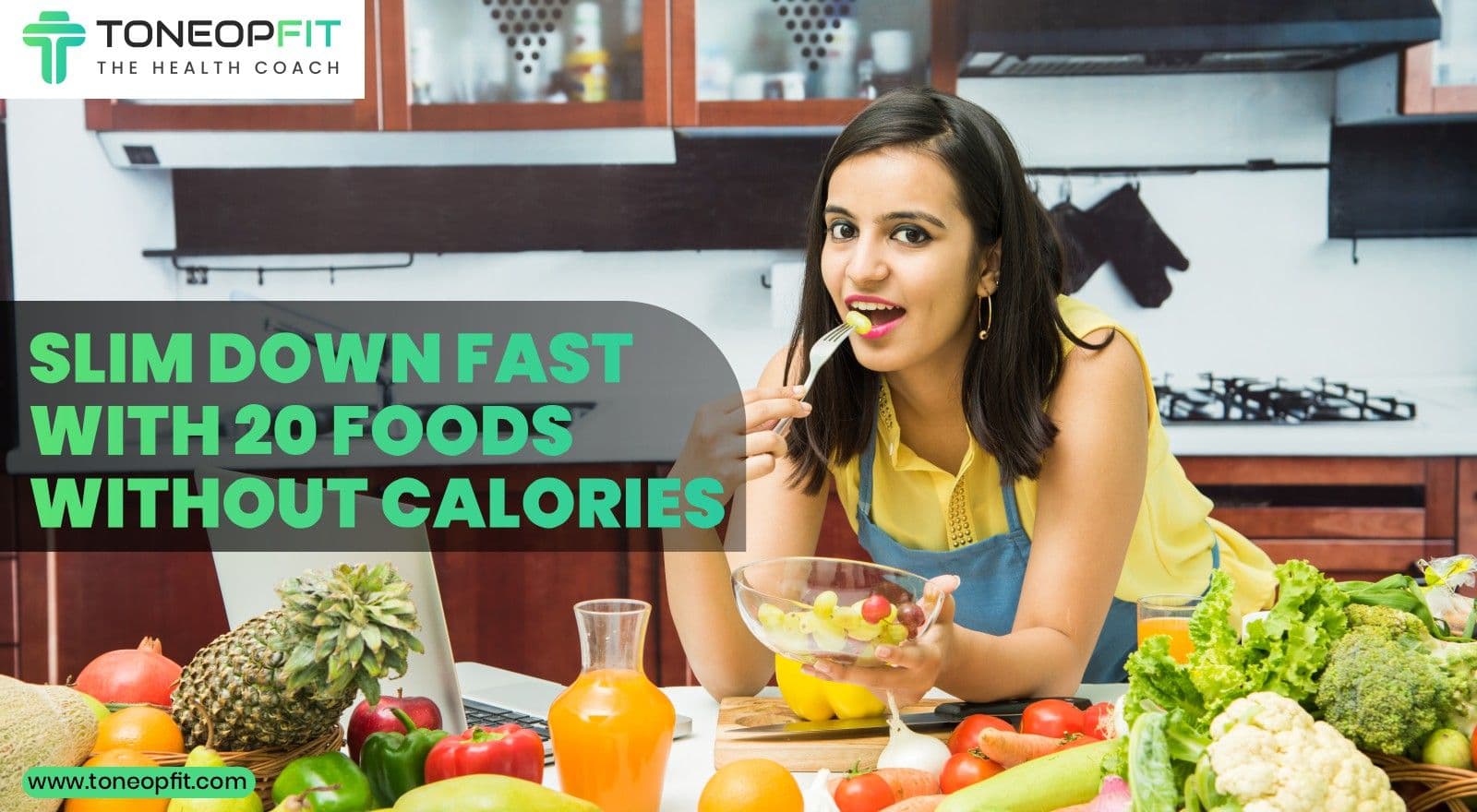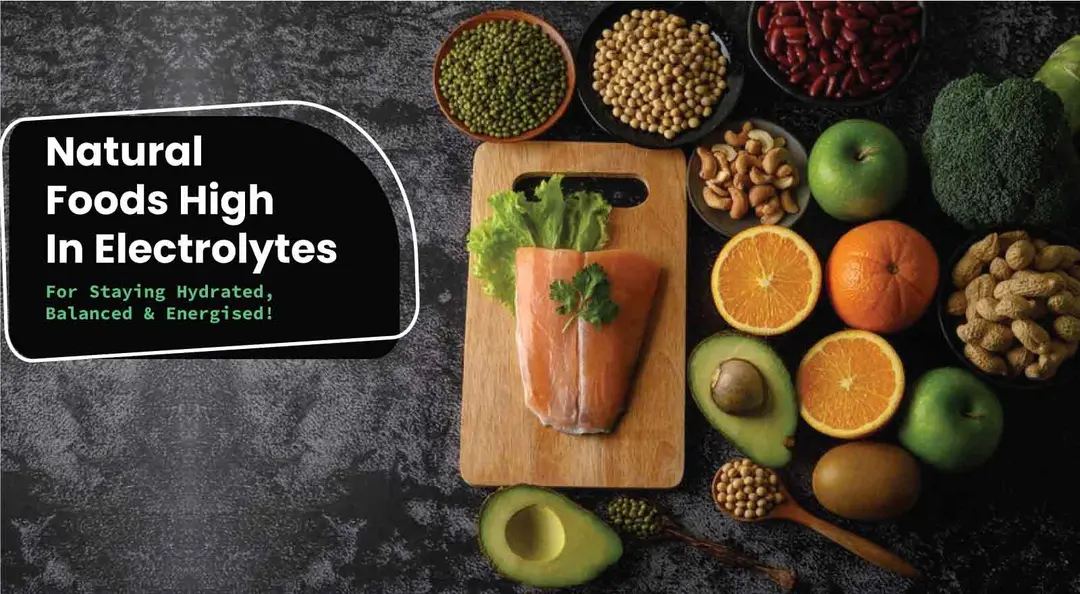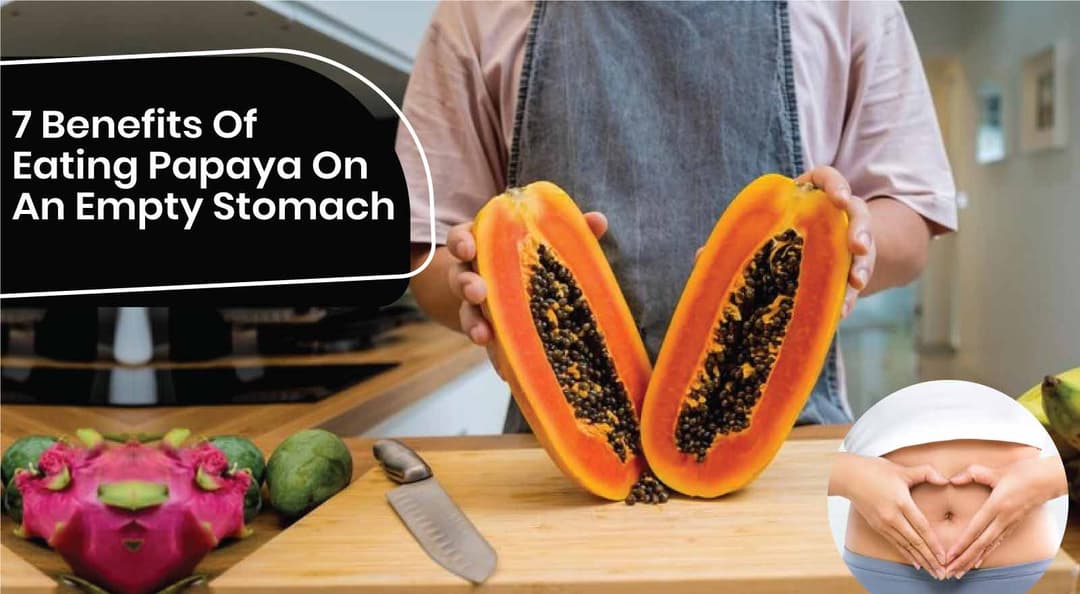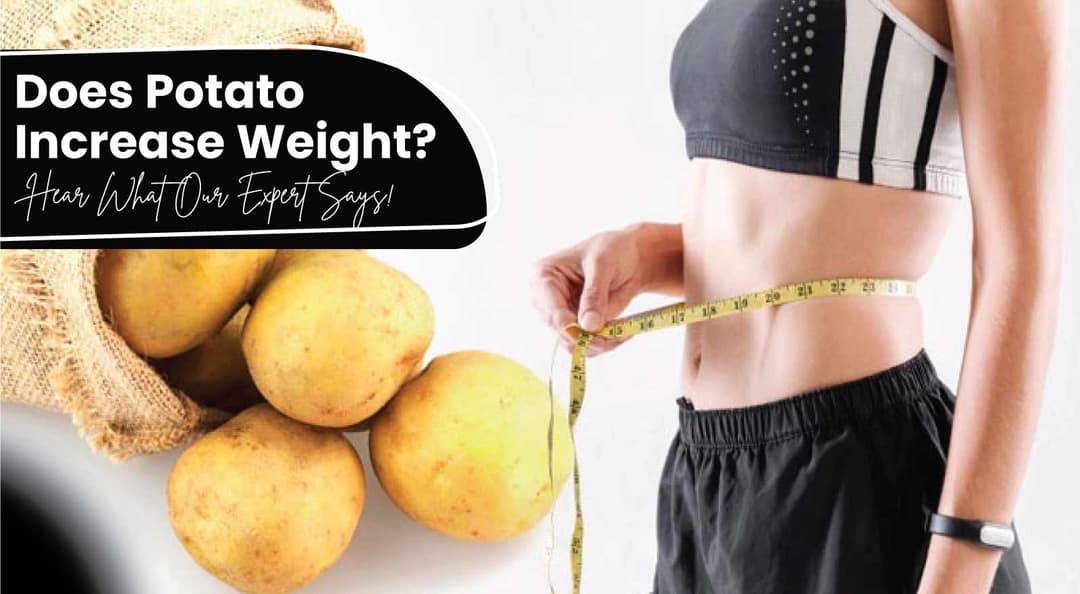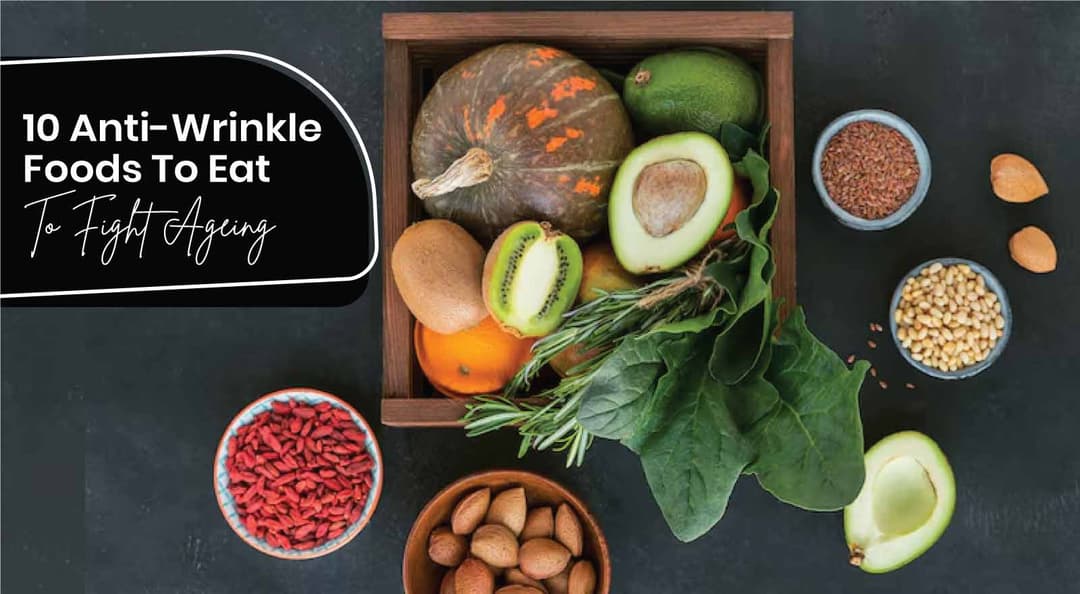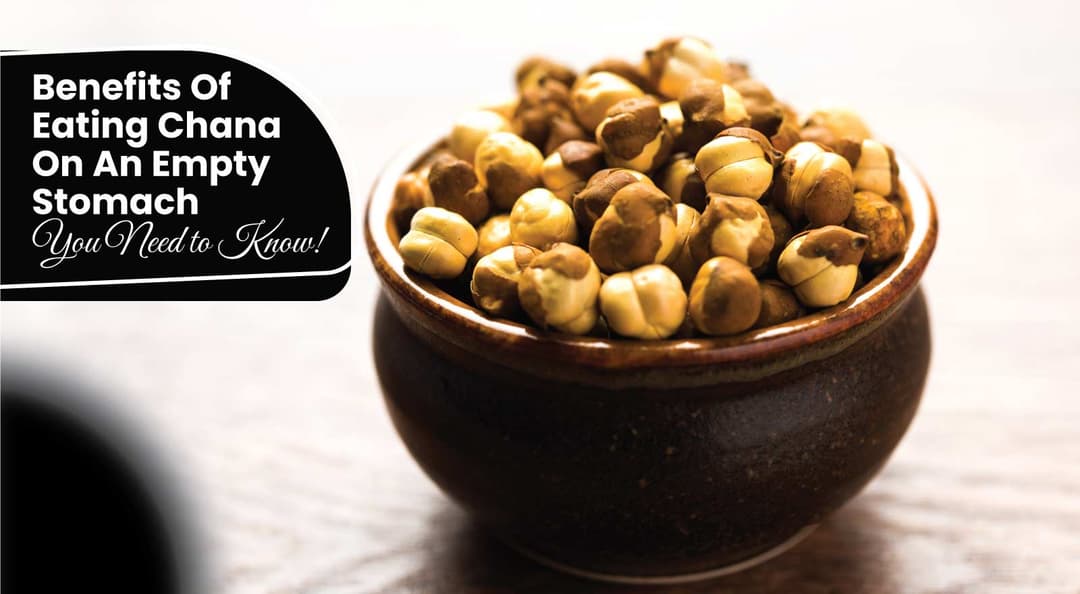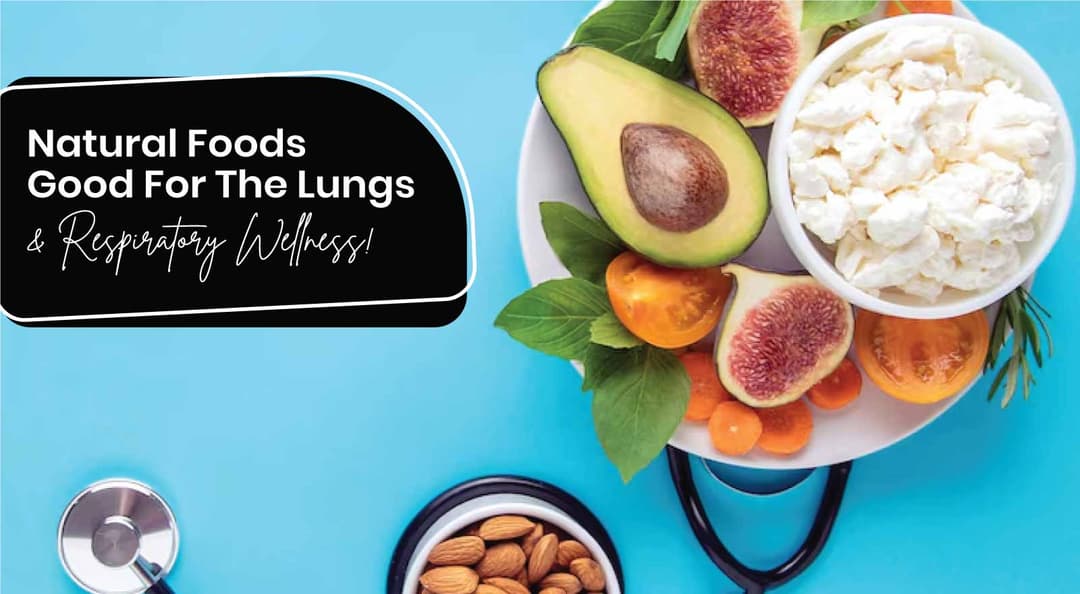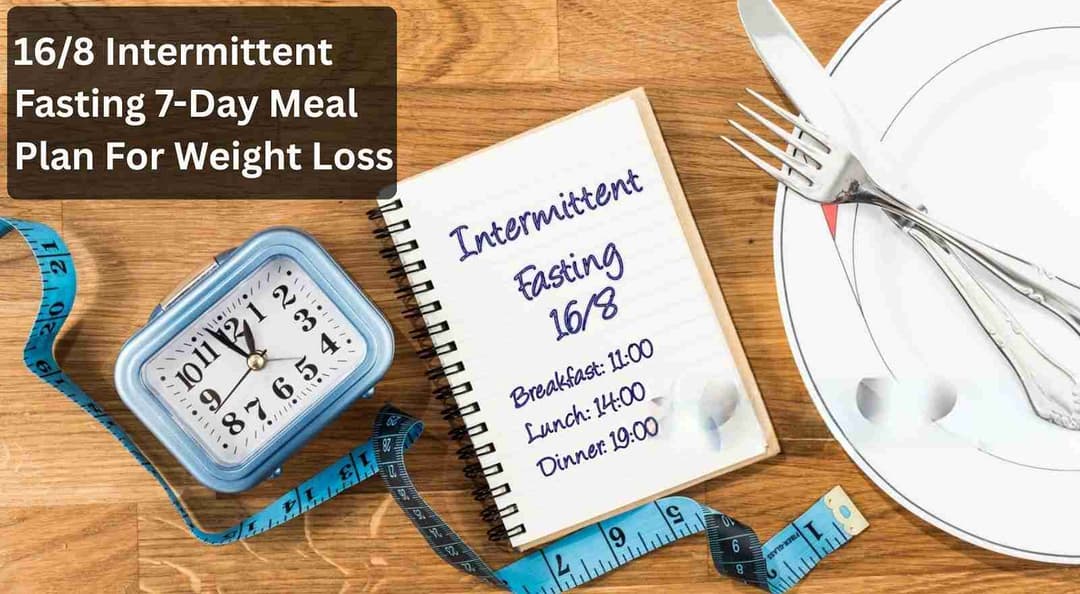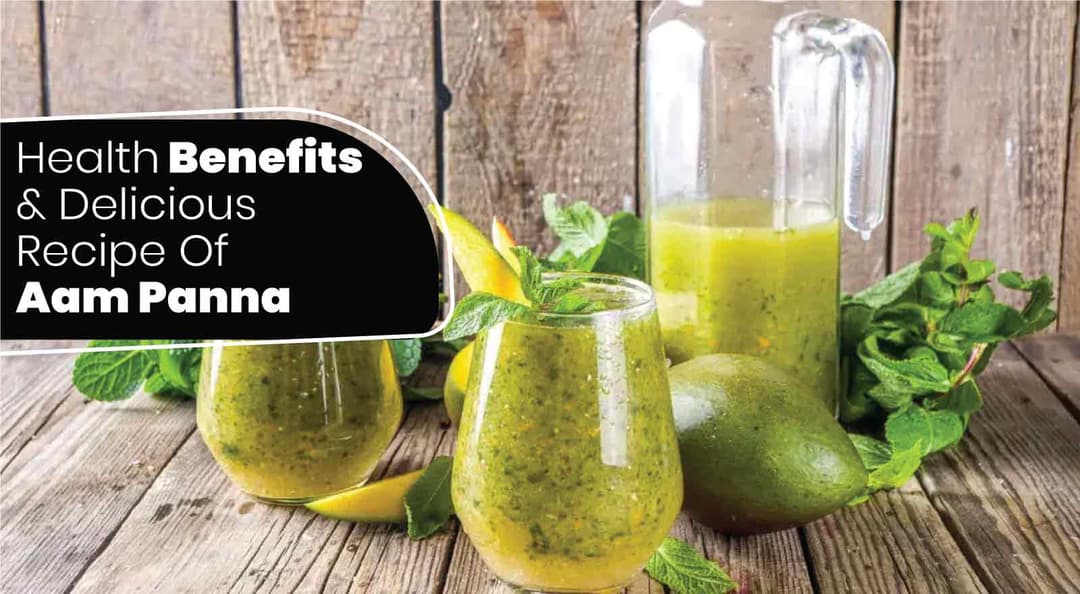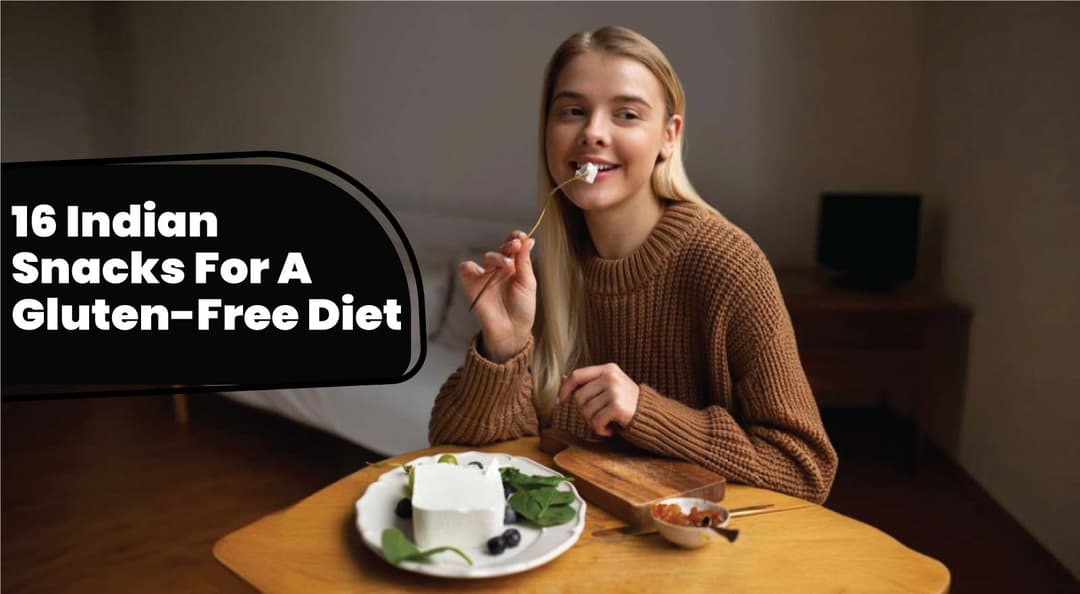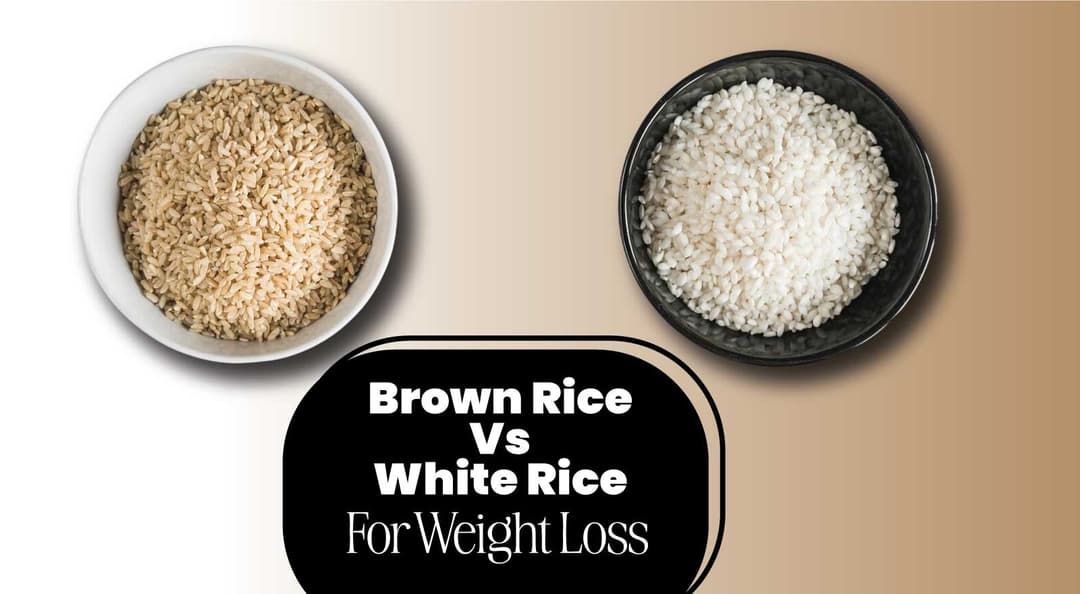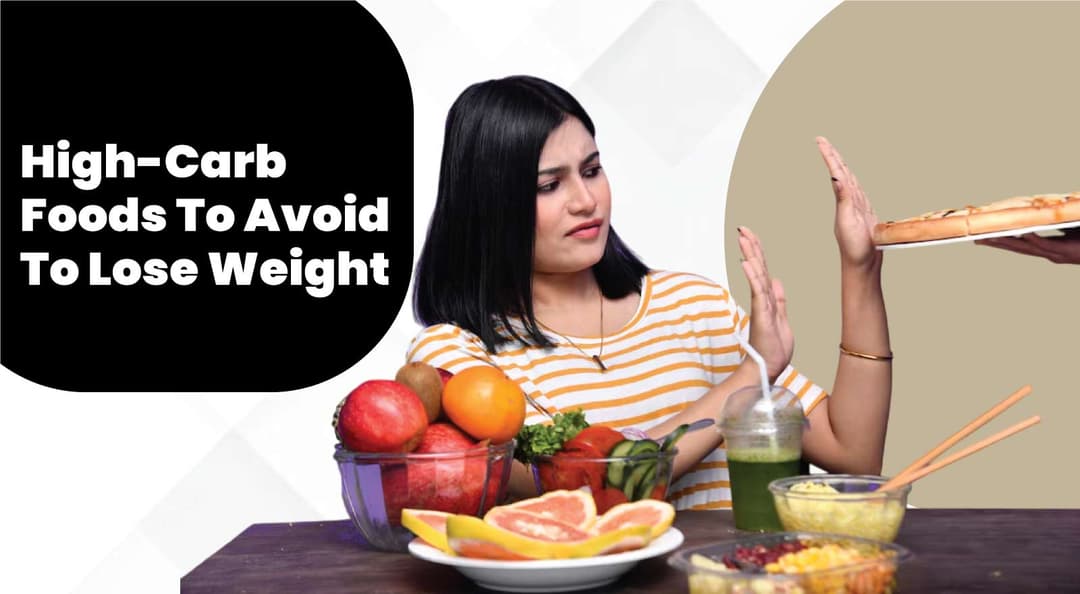When we talk about "calorie-free foods," we're usually referring to items that have very few calories, often called "zero-calorie" or "negative-calorie" foods. The idea of food without calories may sound like a dream come true, but it generally means low-calorie options that are extremely light in energy yet packed with nutrients.
These foods, including certain fruits, vegetables, and beverages, require more energy to digest than they provide in calories. This unique characteristic makes them especially beneficial for people trying to manage their weight. Eating food without calories can be a great way to enjoy snacks without gaining weight.
While no food is completely calorie-free, you can still feel full and nourished by choosing these low-calorie options. Vegetables, leafy greens, and herbal teas are excellent companions for maintaining a healthy weight. They satisfy your hunger and provide essential nutrients your body needs.
In this blog, we will discuss zero-calorie snacks and explore 20 guilt-free foods without calories that you can enjoy without any worries! Get ready to discover tasty options that can help you stay on track with your health goals while satisfying your cravings!
Table Of Contents
1. What Are Zero-Calorie Snack Foods?
2. What Are The 20 Zero-Calorie Foods?
3. Dietitian’s Recommendation
4. The Final Say
5. FAQs
6. References
What Are Zero-Calorie Snack Foods?
Foods with zero calories have minimal calories, generally under 5 kcal per serving. These foods are often high in water and fibre, making them low in energy density and healthy snack options. Examples include healthy foods for weight loss, like cucumbers, carrots, and leafy greens. They can be consumed freely without significantly impacting overall caloric intake, making them ideal for weight management. Despite being declared "zero-calorie," these foods nevertheless include vital vitamins and minerals and support a balanced diet.
ToneOp Fit’s Balanced Diet Weight Loss Plan gives you nutritional guidance from expert dietitians with personalised diet plans to incorporate food without calories in your diet to aid your weight loss journey.
Also Read: Your Guide to Calorie Burning By Exercise: Top 7 Workouts For Maximum Burn In 30 Minutes
What Are The 20 Zero-Calorie Foods?

Eating a variety of food without calories can help you stay healthy and satisfied throughout the day. Here is a list of food without calories:
1. Cucumber
Cucumber is a staple in Indian diets, particularly in salads. Composed of over 95% water, it contains only about 16 calories for every 100 grams, making it a snack that is both hydrating and refreshing. Cucumbers help maintain healthy skin and digestion because they are high in antioxidants like vitamin C and beta-carotene. They are commonly used in raita, salads, and morning detox drinks for weight loss. The high water content makes cucumber a tremendous hydrating option, especially during summer.
2. Tomato
Tomatoes are widely used in Indian cooking, both raw and cooked. They contain about 18 calories per 100 grams, making them a low-calorie food. They also contain vitamins A and C, which improve skin health and boost immunity. In Indian dishes, tomatoes are used in curries and chutneys. You can make a tasty salad using food without calories, like spinach and tomatoes. They add flavour and moisture to meals without adding significant calories, making them an excellent choice for people looking to lose weight.
3. Lettuce
Lettuce, mainly iceberg or romaine, contains only 5-10 calories per cup. Because of its crisp texture, it is a common element in Indian salads. Packed with water and fibre, it is excellent for hydration and digestion. Though low in calories, lettuce provides essential nutrients such as vitamins A, K, and C. Lettuce can be combined with other vegetables or used as a base for light meals, helping to keep calorie intake minimal while promoting satiety.
4. Spinach
Spinach is a nutrient-dense vegetable with only 23 calories per 100 grams. Its high content of iron, calcium, magnesium, and vitamin A is very beneficial to general health. In Indian cuisine, spinach is used in dishes like palak paneer and saag. Due to its high water and fibre content, spinach helps manage weight by promoting a feeling of fullness while keeping calories low.
To speed up your weight loss and metabolism, consider blending spinach and Wheat Grass Powder together in a refreshing green smoothie and have it in the morning! Apart from weight loss, this drink is a fantastic way to enhance your immunity.
5. Radish
Radishes are commonly used in Indian salads and contain around 16 calories per 100 grams. They also contain high levels of water and fibre, which aid in digestion and promote weight loss. Their peppery taste adds flavour to dishes without increasing calorie intake. In Indian cuisine, radishes are often eaten raw or pickled and can be added to salads wraps, or served as a crunchy snack.
6. Cauliflower
Cauliflower is a versatile vegetable often used in Indian cuisine in dishes like Gobi sabzi or Gobi paratha. It contains roughly 25 calories per cup and is abundant in fibre and vitamins C and K. The vegetable's mild flavour makes it adaptable for various dishes, from curries to stir-fries, allowing for a filling yet low-calorie meal.
7. Zucchini
Zucchini is a low-calorie vegetable, containing approximately 17 calories per 100 grams. It is frequently utilised in Indian dishes like stir-fries and curries. Due to its high water and fibre content, zucchini promotes healthy digestion and keeps you full. Its subtle taste quickly takes on the seasonings and flavours of Indian food, making it a great choice for healthy dishes.
Also Read: Manage Your Sugar Cravings During Weight Loss And Strategies For Success With ToneOp Fit
8. Bell Peppers
Bell peppers are vibrant vegetables packed with antioxidants, especially vitamin C. They contain about 24 calories per 100 grams, making them a low-calorie addition to Indian dishes like curries and stir-fries. Their crisp texture and sweet flavour add volume and taste to meals without adding significant calories.
9. Bitter Gourd (Karela)
Bitter gourd, also known as karela, is a popular vegetable used in Indian cuisine, particularly in areas famous for their bitter-tasting foods. It has just 17 calories in every 100 grams. Although it may have a bitter taste, it is commonly utilised in Indian homes for dishes like curries, stir-fries, and stuffed dishes.
10. Cabbage
Cabbage is commonly found in Indian cuisine and is often used in stir-fries and salads. It contains about 25 calories per 100 grams and is rich in fibre, vitamins C, K, and folate. Its high fibre content aids in digestion and helps you feel full without consuming too many calories. Cabbage is also high in antioxidants, which help in detoxifying the body. Its versatility allows it to be used in a variety of dishes, making it a staple in many low-calorie, weight-loss diets.
11. Carrots
Carrots are a crunchy, low-calorie vegetable with around 41 calories per 100 grams. Carrots are commonly used in Indian curries, salads, and even desserts like gajar ka halwa. Their natural sweetness adds flavour to dishes without the need for extra sugar or high-calorie ingredients. Carrots are also high in fibre, which aids in digestion and promotes a feeling of fullness.
12. Bottle Gourd (Lauki)
Bottle gourd is commonly used in Indian dishes like lauki ki sabzi and soups. It contains only about 14 calories per 100 grams, making it one of the lowest-calorie vegetables. It also has a cooling and hydrating effect, making it perfect for warm weather. Its mild taste allows it to blend well with various Indian spices, creating nutritious, low-calorie meals.
13. Green Beans
Green beans, or French beans, are widely used in Indian curries and stir-fries. They contain only about 31 calories per 100 grams and are packed with fibre and vitamins A, C, and K. Their crunchy texture and mild flavour allows them to pair well with Indian spices and herbs, providing a nutritious yet low-calorie addition to meals.
Also Read: 10 Benefits Of Eating Fruits On An Empty Stomach With 8 Choices!
14. Beetroot
Beetroot is a vibrant vegetable often used in salads, curries, and juices in India. It contains about 43 calories per 100 grams and is high in fibre, iron, and antioxidants like betalains, which have anti-inflammatory properties. Due to their fibre content, beets promote satiety while keeping calorie intake low. Their natural sweetness can be used to enhance the flavour of various dishes without the need for added sugars.
15. Mushrooms
Mushrooms are often used in Indian dishes like mushroom masala or stir-fries. They contain about 22 calories per 100 grams and are rich in B vitamins, selenium, and fibre. Mushrooms are low in carbohydrates and fat, making them an excellent choice for low-calorie diets. Their umami flavour adds depth to dishes without the need for high-calorie ingredients like cream or cheese. Thanks to compounds like beta-glucans, mushrooms also have immune-boosting properties, making them a nutritious and filling option.
16. Onions
Onions are a necessity in Indian cuisine, present in nearly every recipe. They have approximately 40 calories for every 100 grams and are high in antioxidants such as quercetin, which possesses anti-inflammatory qualities. Their innate sweetness and capacity to caramelise enhance the taste and richness of recipes without requiring additional fats or sugars. Onions are adaptable and suitable for use in curries, salads, and chutneys.
17. Pumpkin
Pumpkin is used in various Indian dishes, from curries to soups. It contains about 26 calories per 100 grams and is high in fibre, vitamins A and C, and antioxidants. Pumpkin is low in carbohydrates and fat, making it an ideal choice for low-calorie diets. Its natural sweetness and creamy texture can be used to enhance the flavour of dishes without the need for additional high-calorie ingredients.
18. Fenugreek Leaves (Methi)
Fenugreek leaves, also known as methi, are frequently utilised in Indian cuisine, especially in recipes such as methi paratha or methi saag. They contain about 49 calories per 100 grams and are rich in fibre, iron, and antioxidants. Their slightly bitter taste adds depth to dishes while keeping calorie intake minimal. Methi can be used in a variety of Indian recipes, from curries to breads, offering a nutritious and low-calorie option.
19. Celery
Celery contains only about 16 calories per 100 grams, making it one of the lowest-calorie vegetables. Because of its crunchy texture, it goes great with Indian spices and makes a great addition to salads and soups. Celery is a great low-calorie snack option that helps you feel full without consuming too many calories.
20. Broccoli
Broccoli is a nutrient-dense vegetable that contains about 34 calories per 100 grams. It has high levels of fibre, antioxidants like sulforaphane, which has anti-inflammatory qualities, and vitamins C and K. Broccoli is commonly used in Indian stir-fries and curries. Broccoli also supports immune function and skin health, offering numerous benefits in a low-calorie package.
Also Read: 10 Calorie-Heavy Indian Foods To Avoid For Weight Loss And Delicious Healthier Alternatives To Try!
Dietitian’s Recommendation
As an expert, I recommend choosing cucumbers or radishes as a crispy snack with no extra calories. Use herbs and spices instead of high-fat sauces to add flavour to meals. Consume herbal teas or flavoured water for hydration without adding any calories. Think about using cauliflower rice or zucchini noodles instead of high-calorie grains when making meals. These suggestions will help you feel satiated, fuel your body, and aid in weight control without sacrificing taste or contentment.
Dt. Akshata Gandevikar
The Final Say
There are no "foods without calories" in the strict sense, but many foods are so low in calorific value that they can be integrated into your diet for effective weight management. The key is balance. Focus on incorporating low-calorie foods like vegetables, fruits, and water-rich options into your meals while ensuring you get enough nutrients from protein, fats, and complex carbohydrates.
FAQs
1. Are zero-calorie foods nutritious?
Many zero-calorie foods, like leafy greens and vegetables, are packed with essential vitamins, minerals, and fibre, providing health benefits despite their low-calorie content.
2. 1. How do I incorporate 0-calorie foods foods into meals?
Add zero-calorie foods to salads, soups, or stir-fries. Use them as snacks or fillers to enhance volume without adding calories.
3. Is there a downside to eating only zero-calorie foods?
Relying solely on zero-calorie foods can lead to nutrient deficiencies. It's essential to have a balanced diet that includes a variety of food groups.
References
- https://www.medplusmart.com/healthy-life/info/9923/10-foods-with-almost-zero-calories
- https://www.myjuniper.com/blog/zero-calorie-foods?srsltid=AfmBOoqN9SmBQlaGcYqBjEqnnLl9B8OrVzxhyIzivq8QZpp2X-GRv0xF
- https://www.healthgrades.com/right-care/food-nutrition-and-diet/zero-calorie-foods
- https://marathonhandbook.com/zero-calorie-foods/
- https://www.prevention.com/food-nutrition/g20428211/25-ridiculously-low-calorie-foods/
About ToneOp Fit
ToneOp Fit is a platform dedicated to improving and maintaining good health through a comprehensive range of goal-oriented health plans with up to 3 Coach support. With a range of Weight Management, Medical Condition, Detox Plans, and Face Yoga Plans, the app also provides premium health trackers, recipes and health content. Get customised diet, fitness, naturopathy & yoga plans and transform yourself with ToneOp.











